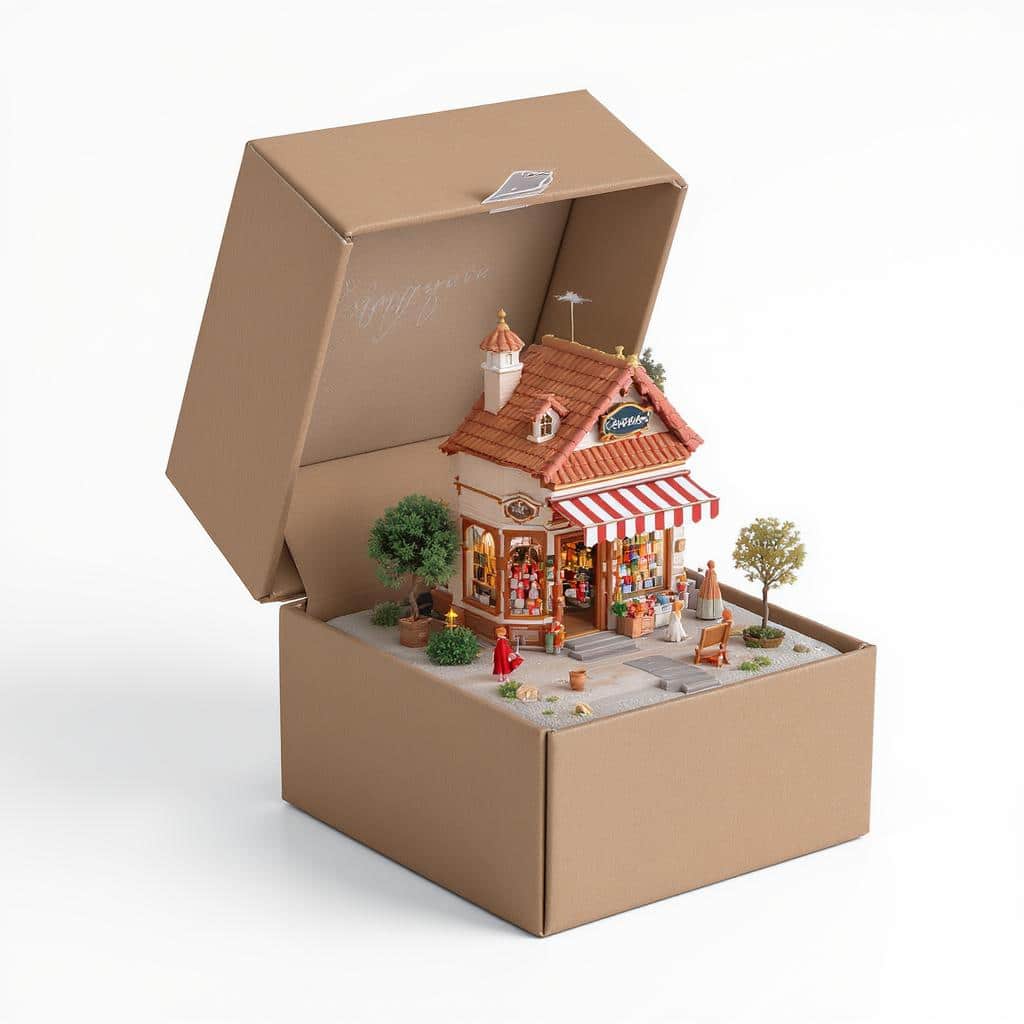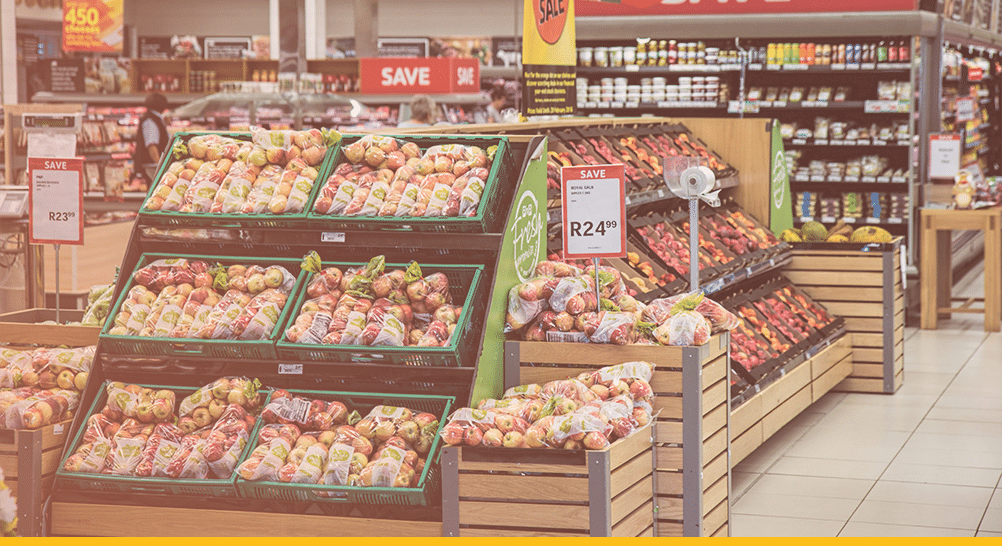The Shrinking Store, The Rising Stakes
Retail footprints are shrinking. Whether by design or necessity, brands are downsizing locations, converting to microformats, or turning to urban concepts with less square footage. But less space doesn’t mean fewer expectations—it means smarter decisions.
As real estate gets tighter, every shelf, SKU, and promotion has to work harder. This shift is forcing retailers, grocers, and convenience stores to test more rigorously before launching in-store changes. A test and learn approach isn’t just helpful anymore—it’s essential.
Why Store Footprints Are Shrinking
1. Urbanization and Higher Rents
Retailers are expanding into dense urban markets where space is limited and expensive. Smaller formats are often the only viable option.
2. Shift Toward Omnichannel
As e-commerce absorbs more of the bulky and routine shopping trips, physical stores are being redesigned as hubs for experiences, fast transactions, and convenience.
3. Rising Operational Costs
Labor, utilities, and lease costs are all rising. A leaner footprint reduces overhead and allows more locations to be run with fewer employees.
The Pressure to Get It Right in Smaller Stores
In traditional big-box or full-format stores, underperforming sections can hide in plain sight. But in a small format store, every decision is amplified.
- Less room for inventory means only top-performing products and layouts make the cut.
- Fewer promotions at one time means every campaign has more impact—or more risk.
- Limited staffing raises the bar on operational simplicity and efficiency.
In this environment, retailers can’t afford to guess. That’s why many are using test and learn strategies to make sure each element—layout, promotion, pricing, tech—is optimized before rolling it out widely.
Promotions Are More Powerful (and Riskier) in Small Stores
Promotions Compete for Space, Not Just Attention
In smaller stores, there’s simply not enough room to run multiple promotions at once. That means each one needs to be carefully chosen, designed, and timed. If it doesn’t work, it displaces something else that could have.
Short-Term Promotions Have Long-Term Effects
The wrong deal can lead to out-of-stocks, cluttered shelves, or margin loss. But the right one can lift basket sizes and improve customer perception. In smaller stores, these results show up faster and hit harder.
Localized Relevance Is Crucial
Smaller stores often cater to hyper-local populations. A one-size-fits-all promo might flop in one zip code and fly in another. Testing in-store at the local level helps refine which promotions resonate best.
How Test and Learn Helps Smaller Stores Succeed
1. Optimize SKU Selection by Performance
Retailers are testing which core products earn their keep in tight spaces. Instead of stocking 4 types of almond milk, grocers can test which two consistently drive volume and margin.
2. Fine-Tune In-Store Promotions
Convenience stores and urban grocers are experimenting with limited-time offers and combo deals. A test and learn approach reveals whether a breakfast sandwich and coffee bundle actually lifts morning sales—or just cannibalizes other items.
3. Experiment With Layout and Navigation
In a store with 20 aisles, customers can find their way even if the layout isn’t perfect. In a 2,000 sq ft store, flow matters. Testing shelf placement, endcaps, and sightlines helps maximize shopper efficiency and spending.
4. Trial New Technologies That Save Space
Retailers are piloting compact self-checkout kiosks, vertical storage systems, and mobile inventory tools. Tests help them ensure that new solutions actually improve throughput without overwhelming the limited space.
Case Studies: Testing in the Age of Tight Spaces
Target’s Urban Formats
Target’s small-format stores—often under 50,000 square feet—use hyperlocal assortments and limited promotional space. Target regularly tests product curation, shelf placement, and local pricing before standardizing anything.
Walgreens’ Digital Shelf Testing
In select smaller-format locations, Walgreens piloted digital shelves that can rotate pricing and promotions instantly. This helps the chain run rapid tests on promotional effectiveness in real time—especially valuable where signage space is tight.
Foxtrot Convenience Market
Foxtrot, a modern convenience store brand with compact locations, tests food items, drink selections, and local vendor products on a weekly basis. They monitor which items move quickly and adapt store inventory monthly.
Best Practices: How to Test Effectively in Smaller Stores
1. Start Small and Hypothesis-Driven
Ask clear questions:
- “Will bundling energy drinks and protein bars increase afternoon transactions?”
- “Does placing fresh fruit near the entrance increase impulse purchases?”
A good test starts with a specific business question.
2. Use Comparable Store Groups
Choose test locations that match control stores in customer base and sales patterns. This lets you isolate the effect of your change.
3. Test One Variable at a Time
Space is tight, so is data clarity. Avoid testing pricing and layout and signage all at once. Pick one change and measure its impact cleanly.
4. Collect Both Quantitative and Qualitative Feedback
Sales numbers matter, but so do employee and customer insights. Surveys and interviews can reveal pain points or surprises the data alone doesn’t show.
5. Measure Beyond Immediate Sales
Look at how a promotion affects:
- Basket composition
- Repeat visits
- Inventory turnover
- Labor efficiency
How to Scale Success from Small Stores to Larger Formats
Smaller stores make great test beds. Their simplicity and speed make it easier to run short tests and generate rapid insights. Retailers often pilot ideas here before adapting them to flagship or suburban locations.
A successful small-format test could answer:
- Which SKUs drive incremental purchases in tight assortments?
- Which promotions justify floor space or labor costs?
- How should layout shift to support new shopper missions (e.g., grab-and-go, meal kits, delivery pickup)?
Small Spaces, Big Impact
As physical footprints shrink, the margin for error shrinks too. But this isn’t bad news—it’s a push toward smarter, faster, more focused retail strategies.
With a strong test and learn approach, every decision—whether it’s which endcap to run, what promo to push, or what tech to install—can be backed by real-world performance data.
For retailers, grocers, and convenience store brands navigating tighter stores and tighter margins, one truth stands out: test small, learn fast, and grow smart.




